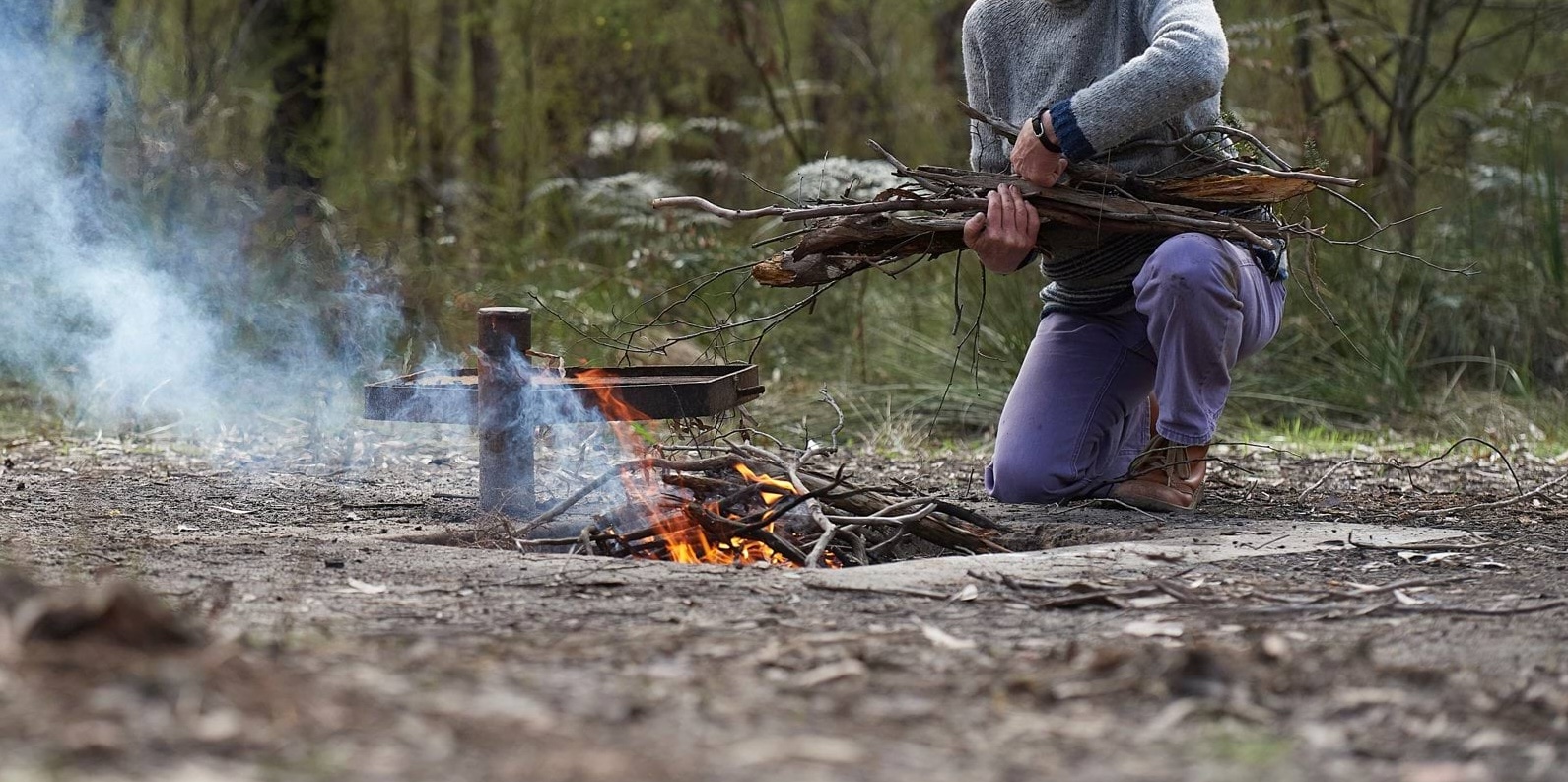

Pay what you want trial - how much is a wombat cuddle worth?
Zoos all over the world need every cent they can raise, so if visitors had the chance to play with a real live wombat for say 15 minutes, that’s gotta be worth something, right? But how much exactly?
Research suggests that the ‘Pay What You Want’ principle can increase the amount people are willing to pay.
Although it usually results in less money per person, it encourages overall growth – and that means more revenue.
Healesville Sanctuary wanted to test the ‘Pay What You Think It’s Worth’ idea as applied to its Wombat Pat and Play encounter.
What did we do?
BehaviourWorks sent two of its most hardened researchers, Lena Jungbluth (pictured left) and Kim Borg (pictured right) to crunch the numbers.
The team put a lot of thought into the program and the information that would be provided, with reference prices to help guide people’s decisions.
The actual trial period had a number of factors potentially affecting the results, such as other encounters at the Sanctuary costing $12, plus the fact that kids get free admission to the Sanctuary during school holidays and weekends (school holidays happened halfway through the trial, adding to the overall attendance figures).
What did we find?
Everyone loved the wombat experience and rated it (and the zoo) very highly. But, the average amount paid per person was only $16 (lower than the normal price of $20).
The four key factors influencing the amount paid were:
– payment type (cash or card)
– education level
– satisfaction with the experience and how many people were being paid for.
In other words, those who paid by card were highly educated, very happy with the experience and were only paying for one or two people. They paid more than those who paid by cash.
Those who paid by cash were less educated, dissatisfied with the experience and were paying for a big group.
So, while cuddling a wombat is generally perceived as a high-value experience, this doesn’t always translate into hard currency.
Participants often attributed this to budget restrictions, particularly for family groups.
While the zoo didn’t make more money, it did give more people the opportunity to play with a wombat.
Said one participant: “Doing it this way enabled the whole family to participate, as we couldn’t have afforded to buy four tickets at normal price.”
Related projects

Have a project for us?
We'd love to help you unpack the problem. Get in touch.







